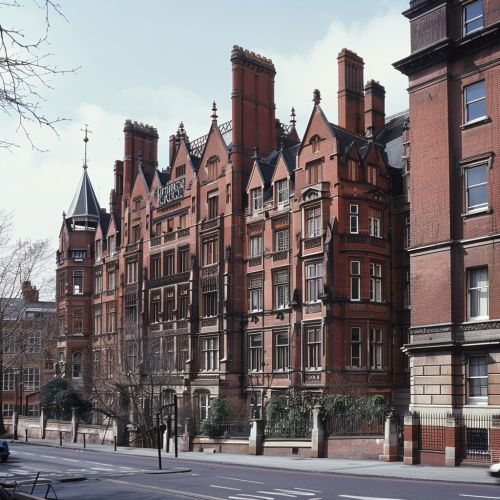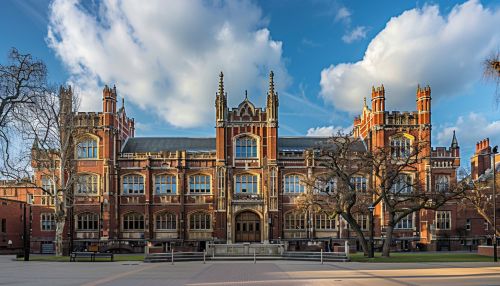Francis Crick
Early Life and Education
Francis Harry Compton Crick was born on June 8, 1916, in Weston Favell, a small village in Northamptonshire, England. He was the eldest of the two children of Harry Crick, a shoemaker, and Annie Elizabeth Crick. His early interest in science was encouraged by his uncle, Walter Drawbridge Crick, an amateur naturalist and arachnologist.
Crick was educated at Northampton Grammar School and Mill Hill School in London. He went on to study physics at University College London (UCL), where he earned a Bachelor of Science degree in 1937. His studies were interrupted by the outbreak of World War II, during which he worked as a scientist for the British Admiralty, primarily on the design of magnetic and acoustic mines.


Career and Research
After the war, Crick returned to UCL to complete his Ph.D. in physics. However, he soon became fascinated with the emerging field of molecular biology. This led him to join the Medical Research Council (MRC) unit at the Cavendish Laboratory in Cambridge in 1949, where he began his research on the structure of biological molecules.
Crick's most significant work was his collaboration with James Watson in the early 1950s, which led to the discovery of the double helix structure of deoxyribonucleic acid (DNA). This breakthrough, published in the journal Nature in 1953, revolutionized the field of genetics and earned Crick and Watson the Nobel Prize in Physiology or Medicine in 1962, which they shared with Maurice Wilkins.
In the following years, Crick made several other important contributions to biology. He proposed the sequence hypothesis and the central dogma of molecular biology, which describe how genetic information is transferred from DNA to RNA to protein. He also contributed to the understanding of the genetic code and the process of protein synthesis.
In the 1970s, Crick shifted his research focus to neuroscience, specifically the problem of consciousness. He worked at the Salk Institute for Biological Studies in La Jolla, California, where he proposed several theories about the nature of consciousness and its relation to the brain.
Personal Life and Legacy
Crick married twice in his life. His first marriage was to Ruth Doreen Dodd, with whom he had one son, Michael. After their divorce, he married Odile Speed, an artist, with whom he had two daughters, Gabrielle and Jacqueline.
Crick died of colon cancer on July 28, 2004, in San Diego, California. His legacy in the field of molecular biology is immense. The discovery of the structure of DNA is considered one of the most important scientific achievements of the 20th century, and his work on the central dogma and the genetic code laid the foundation for modern genetics and biotechnology.
